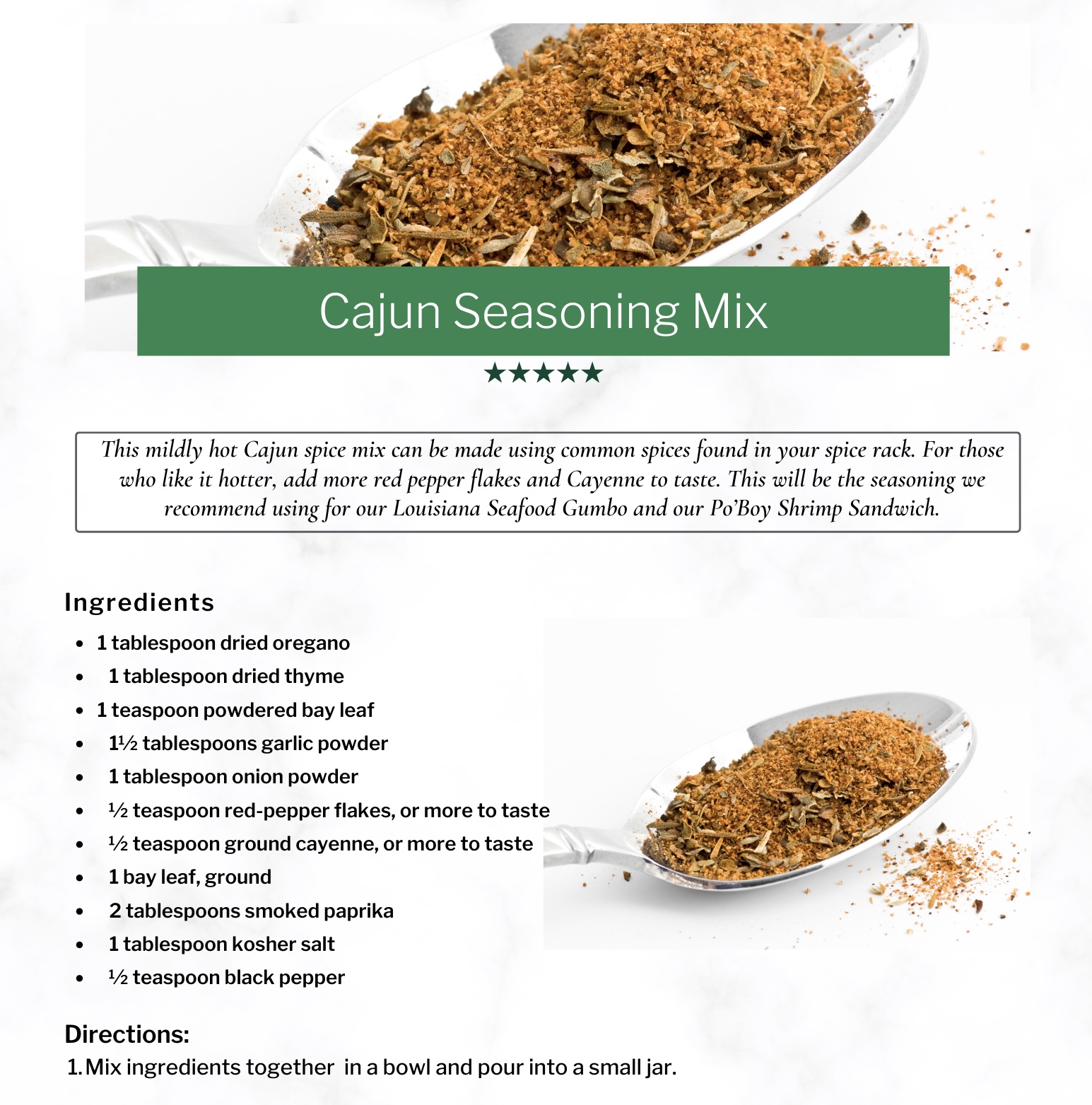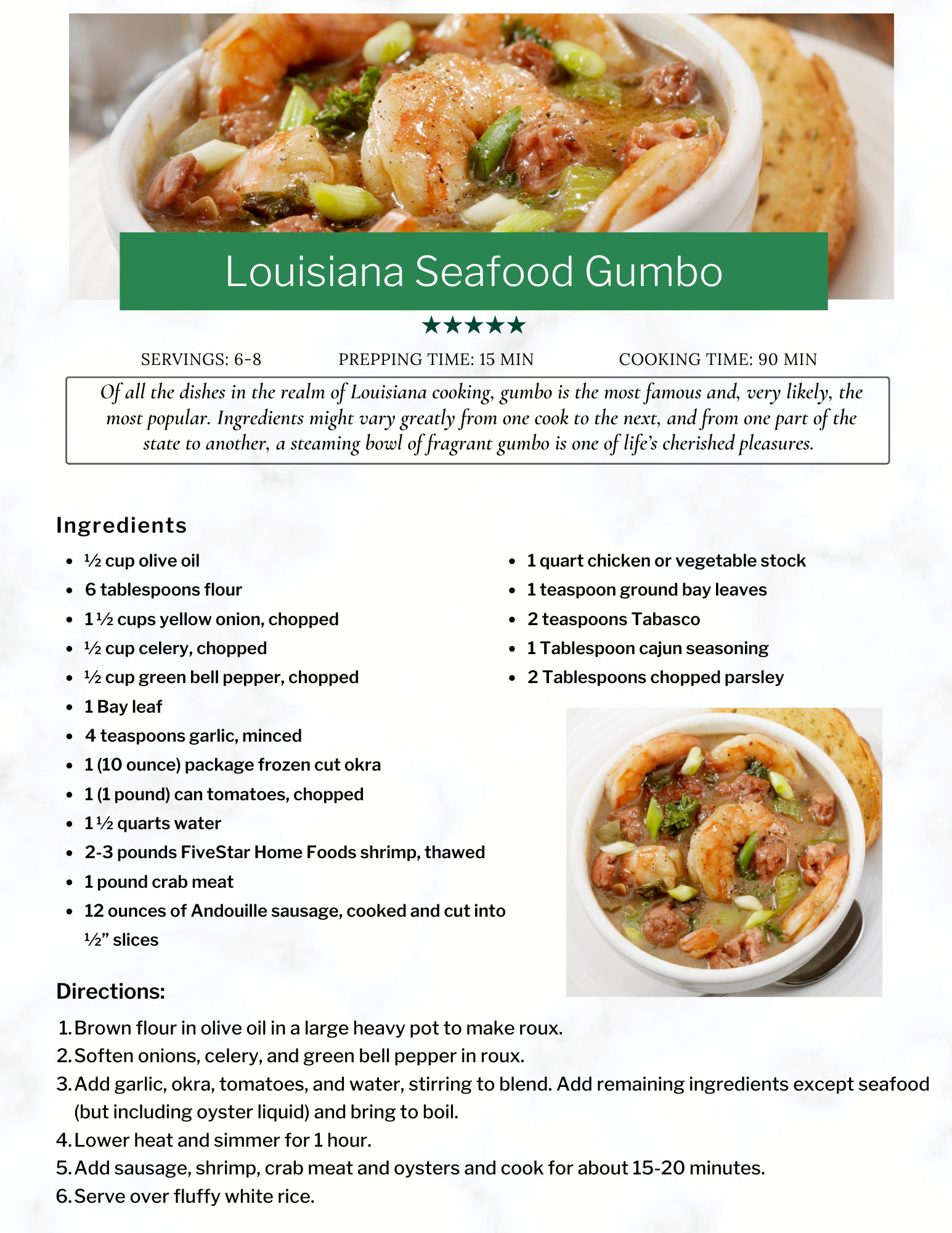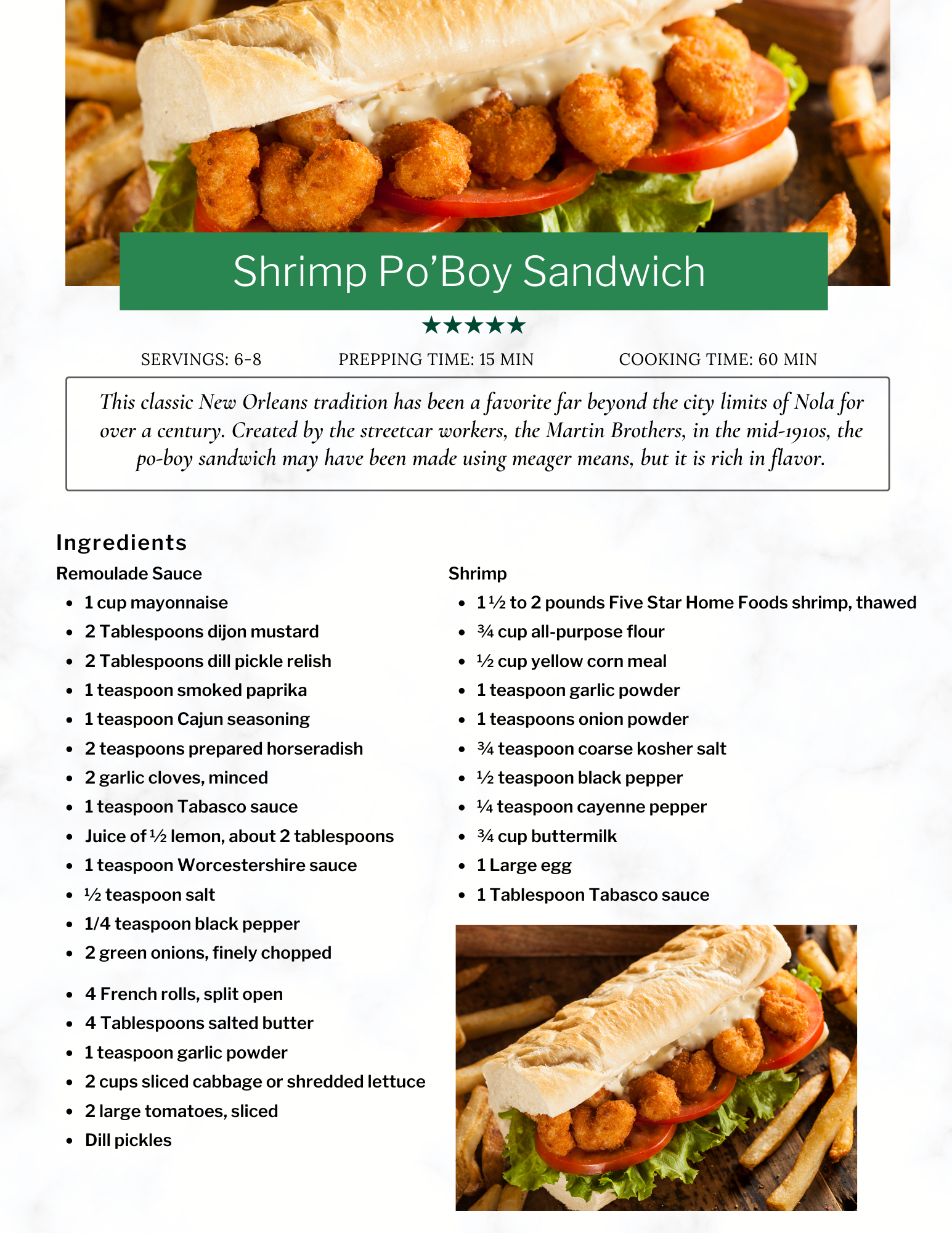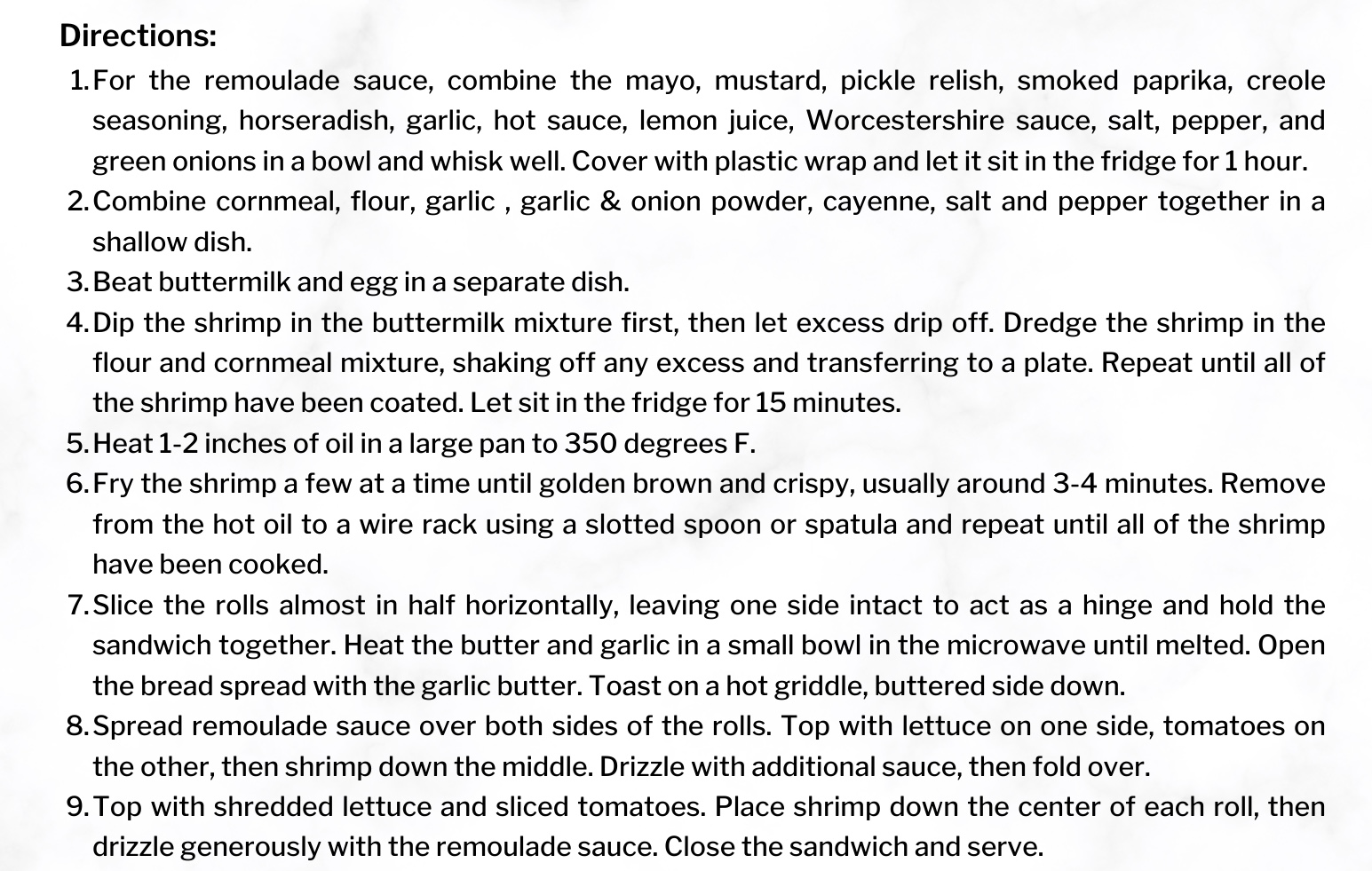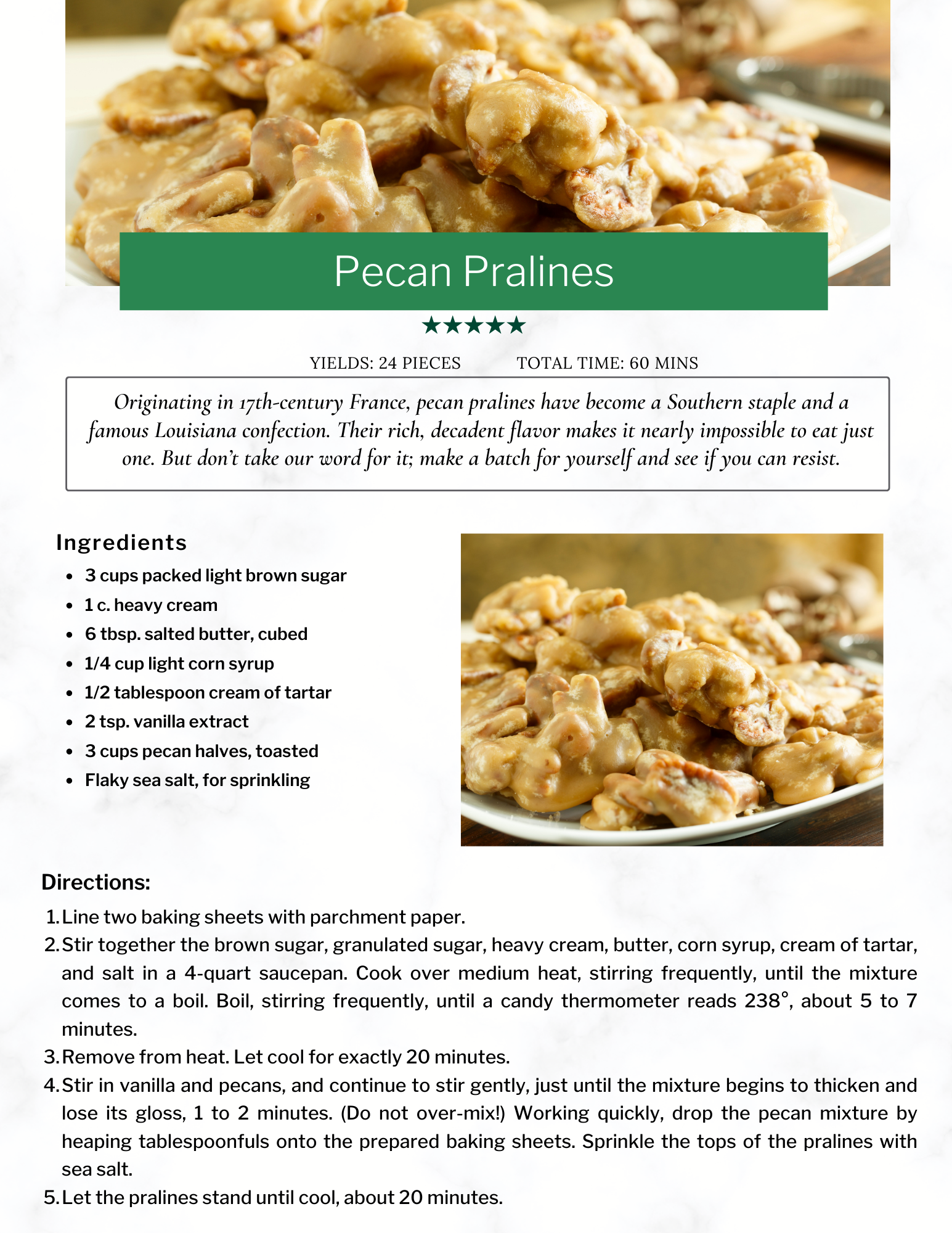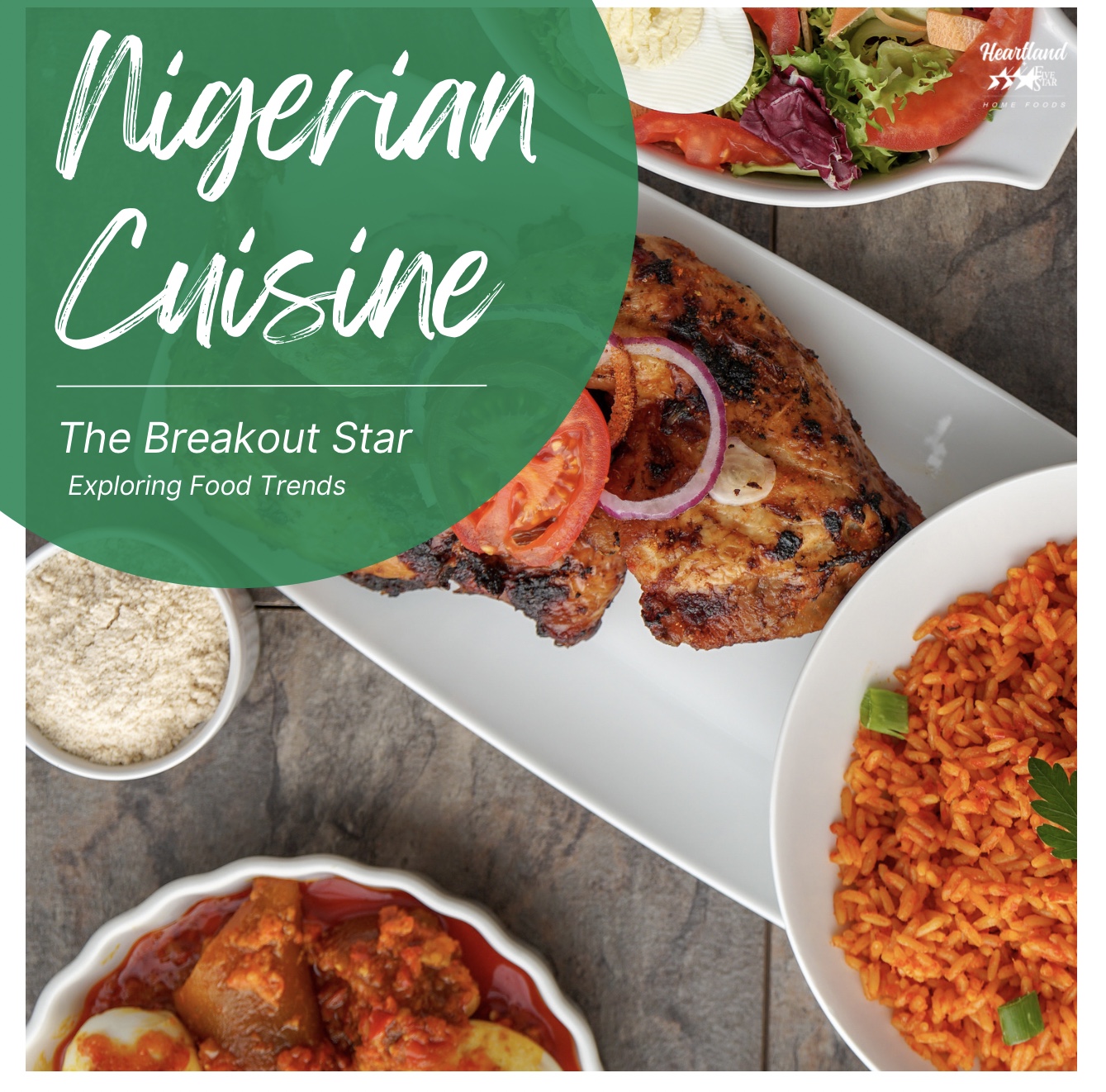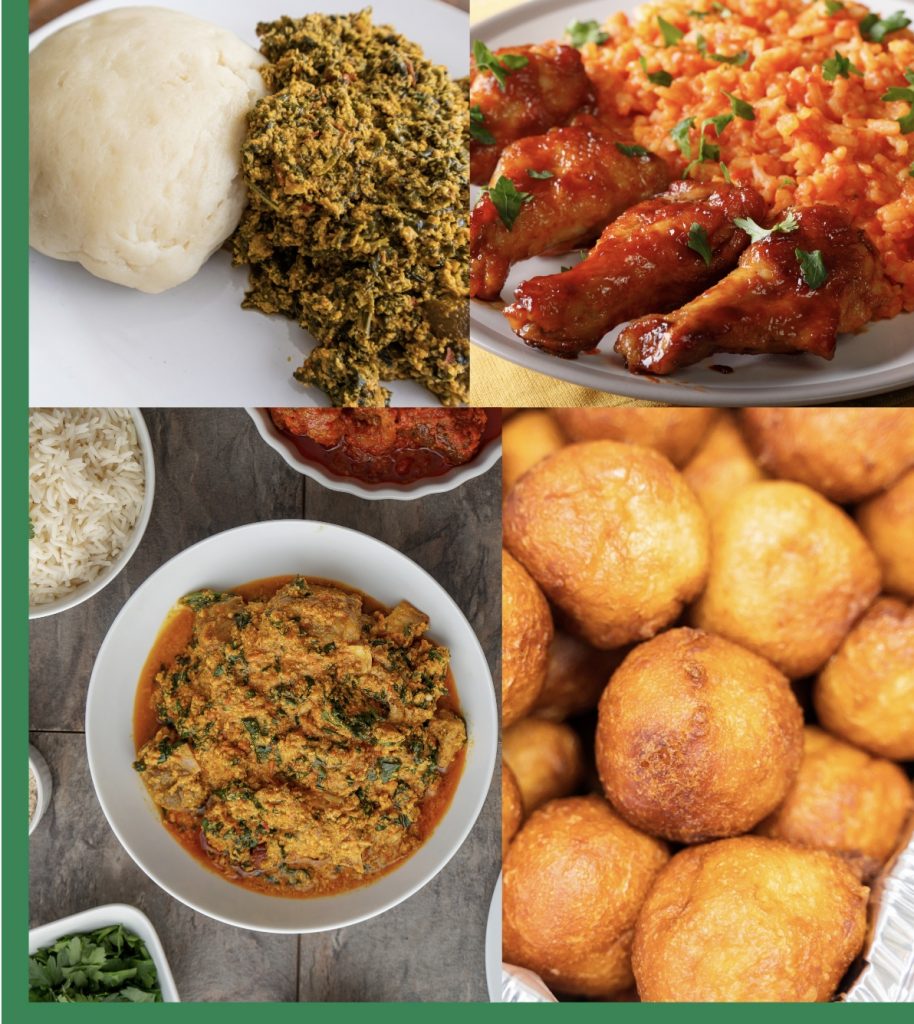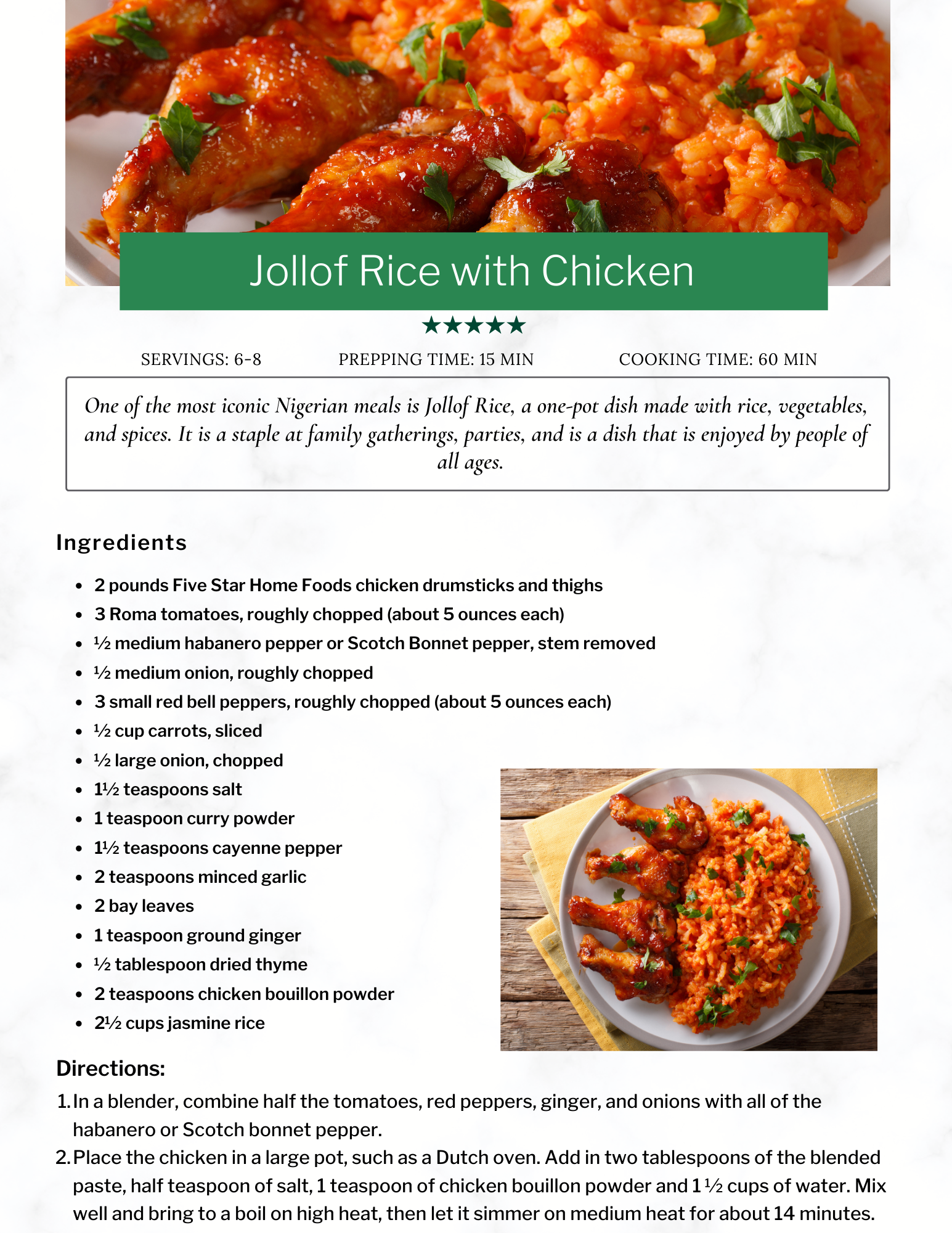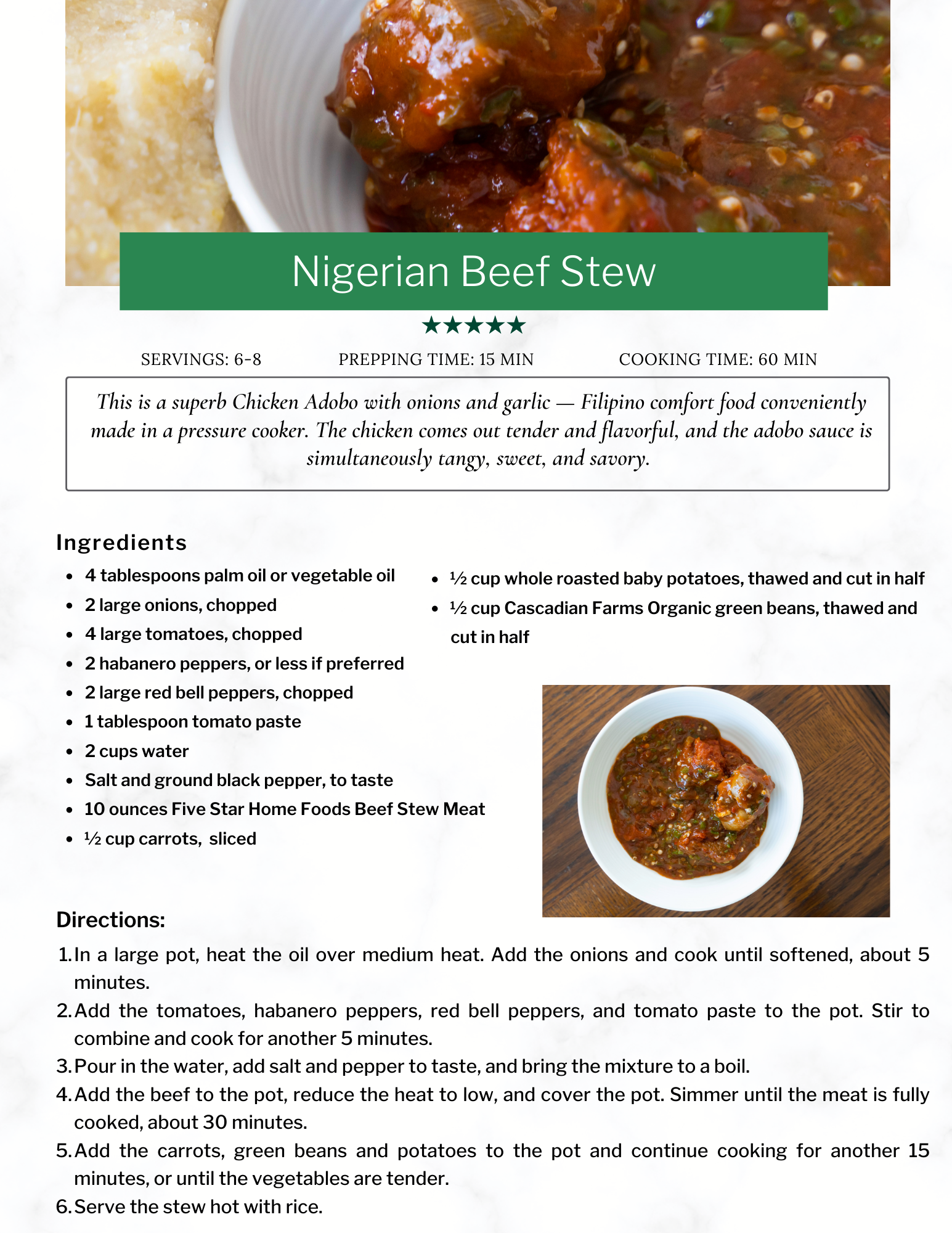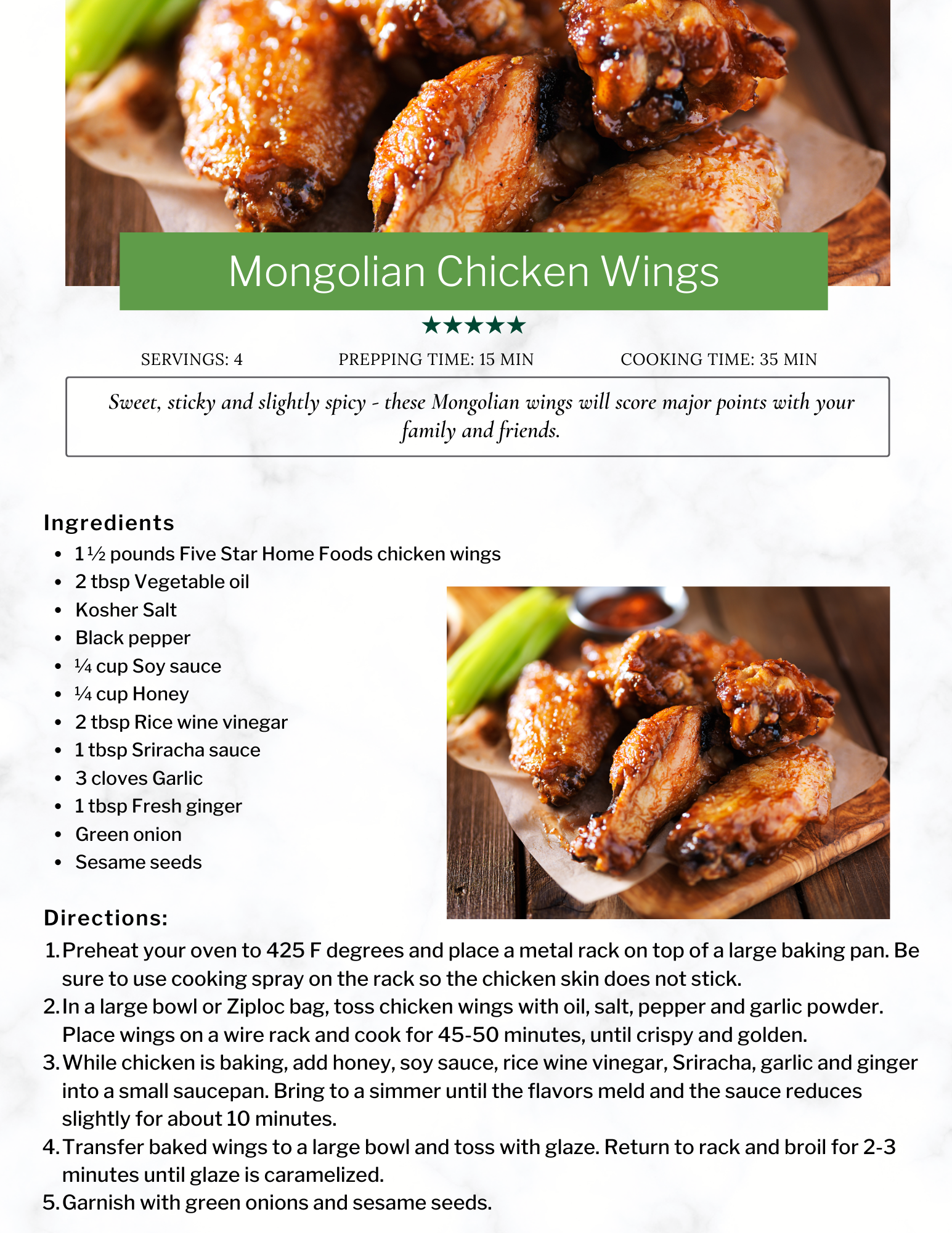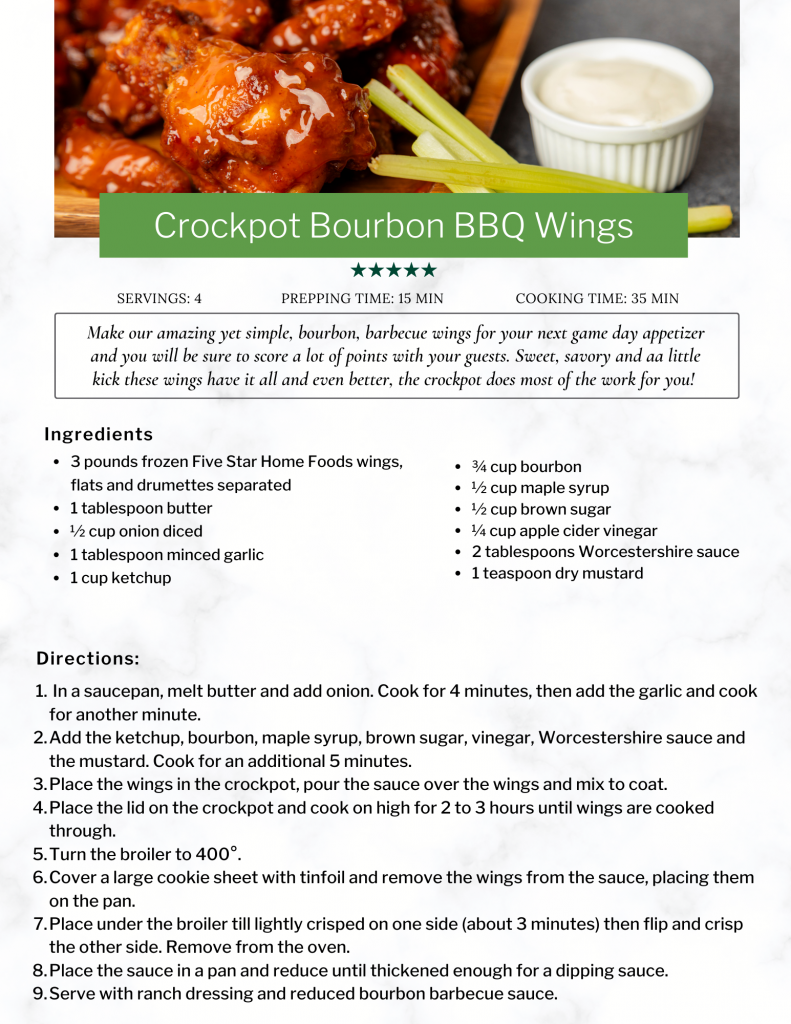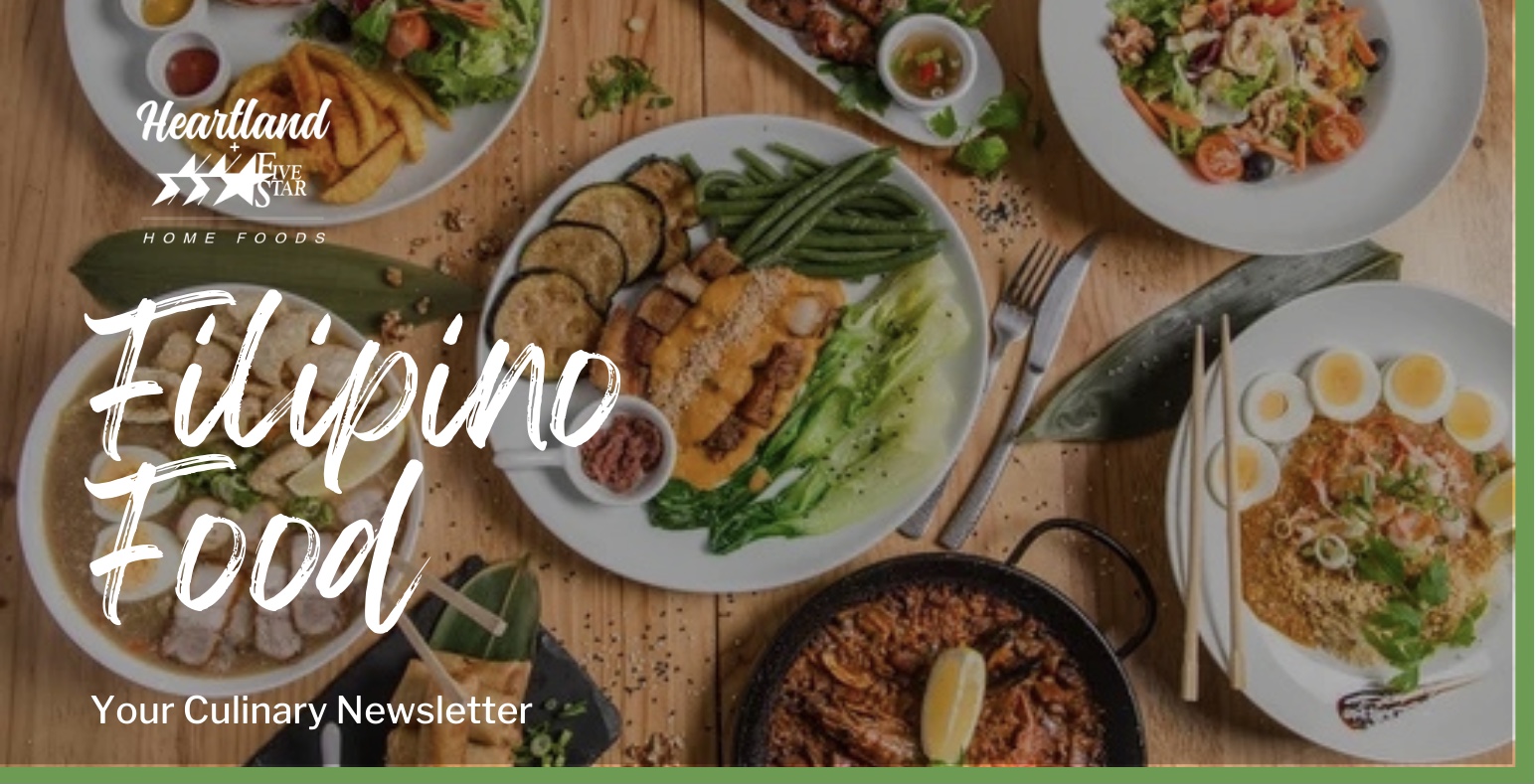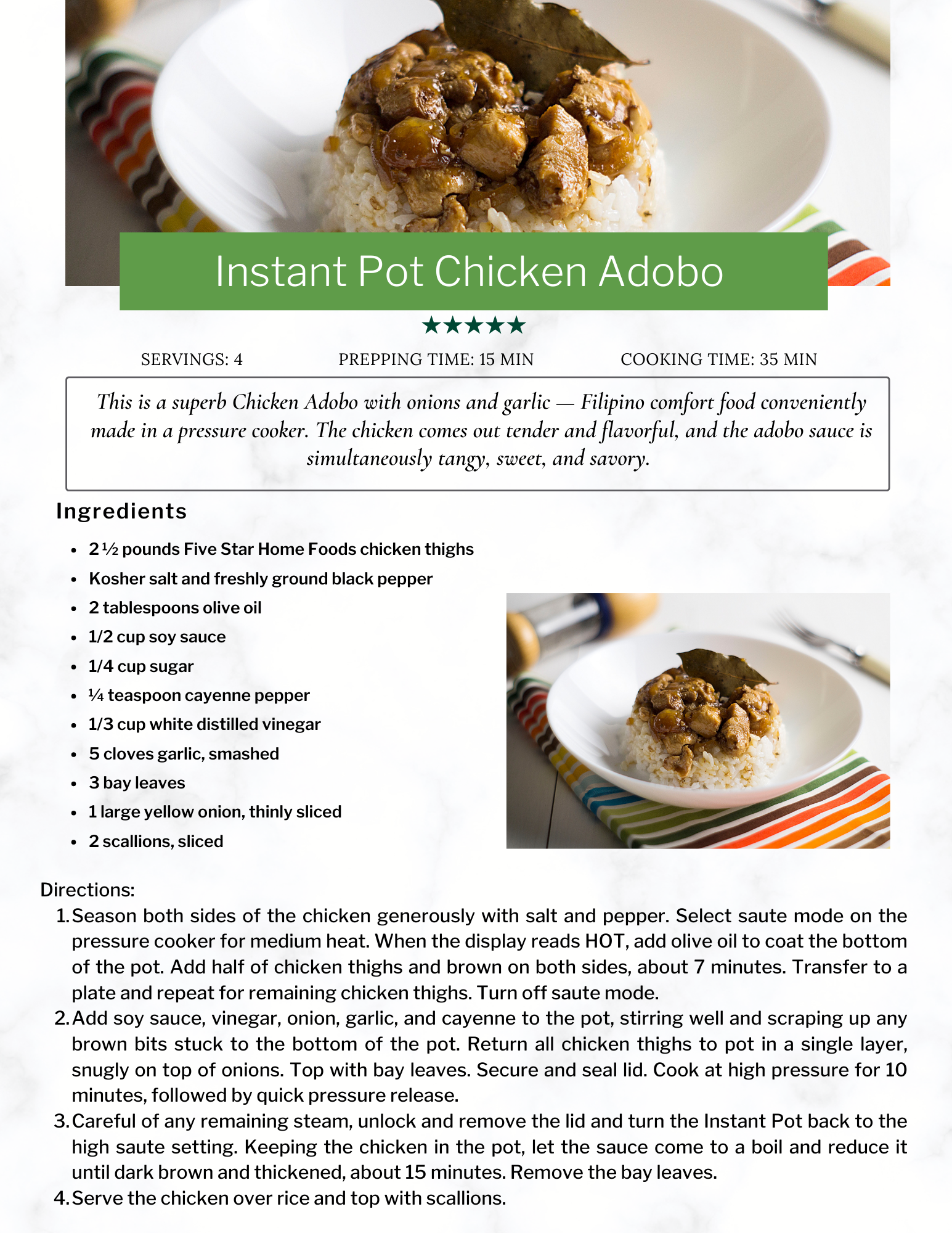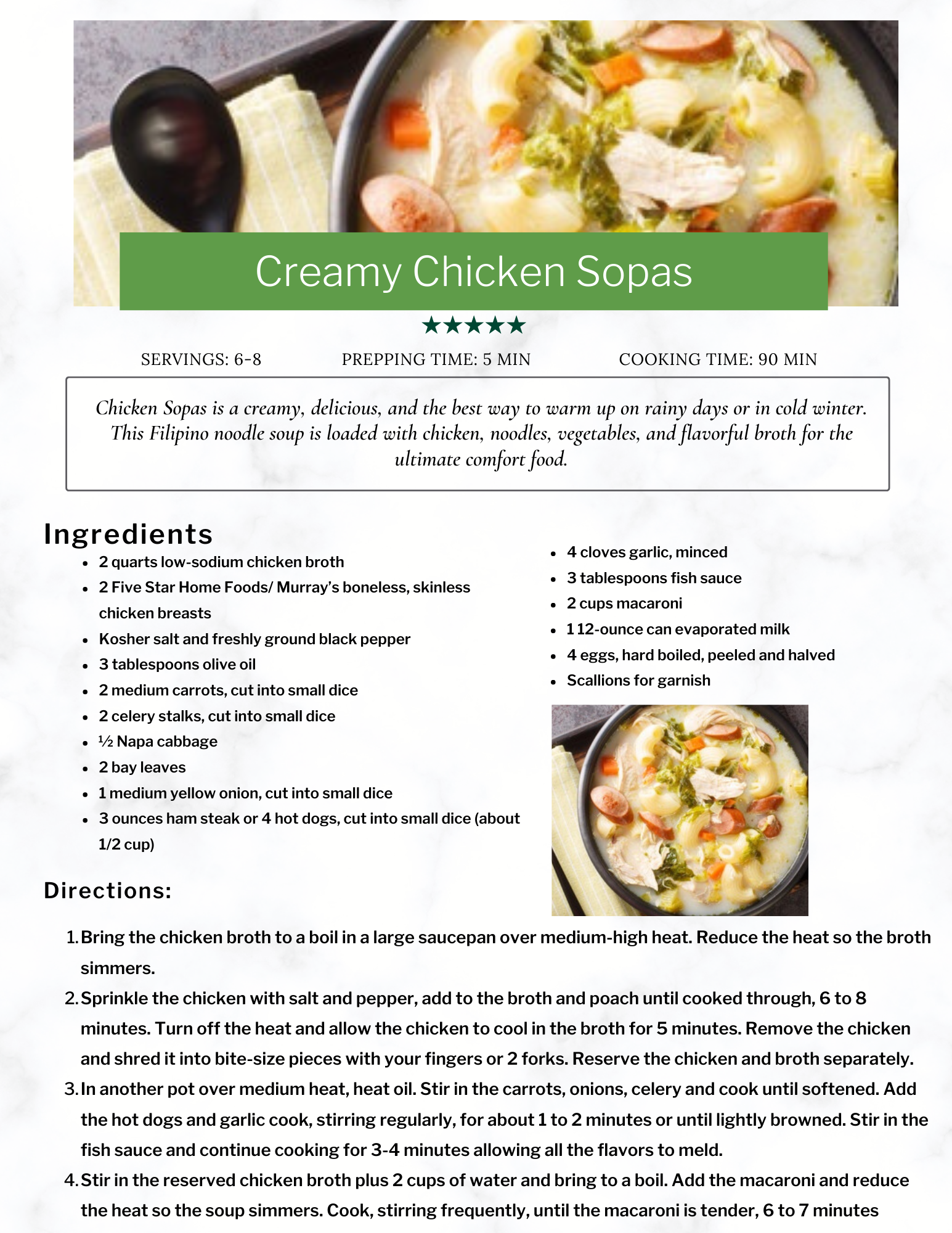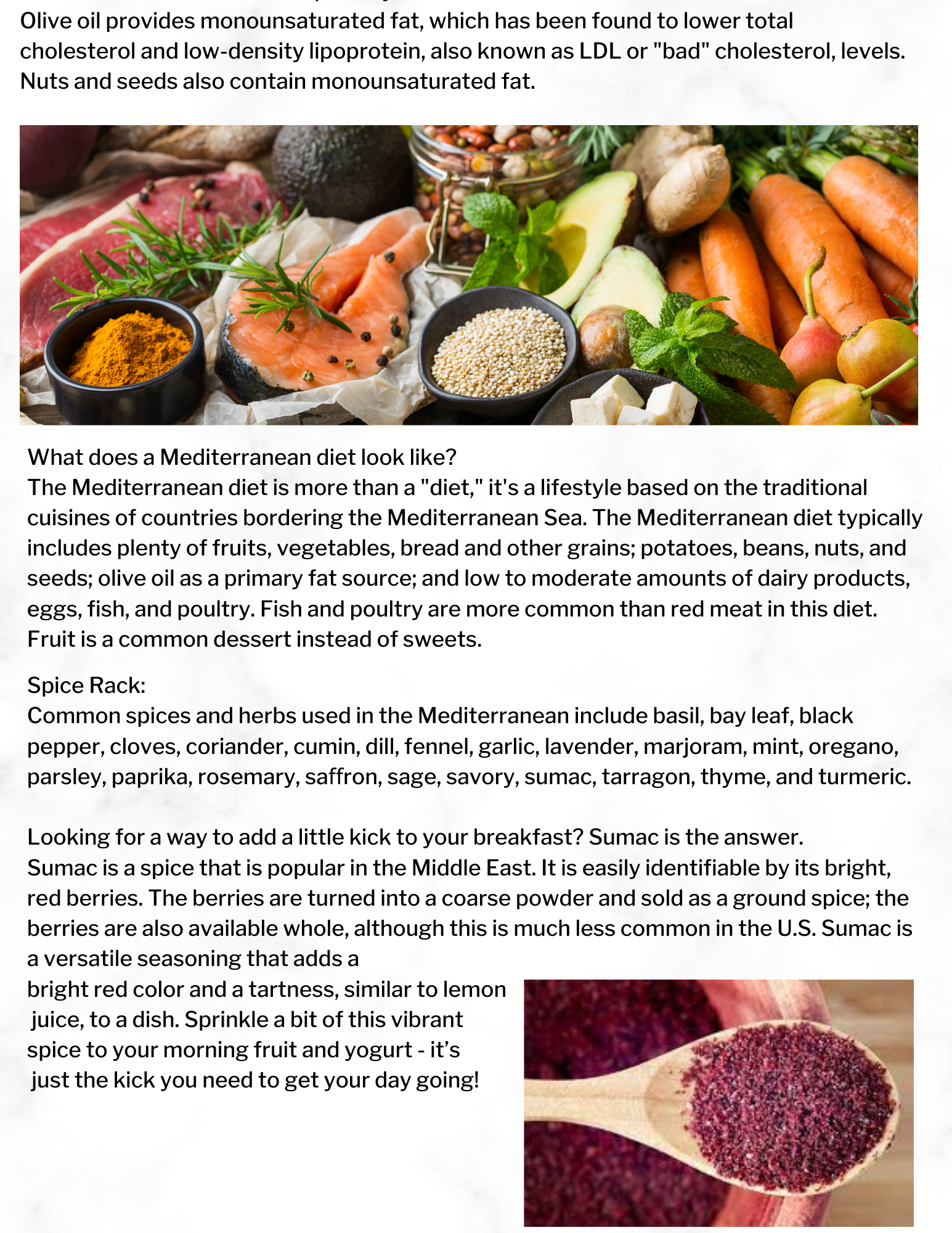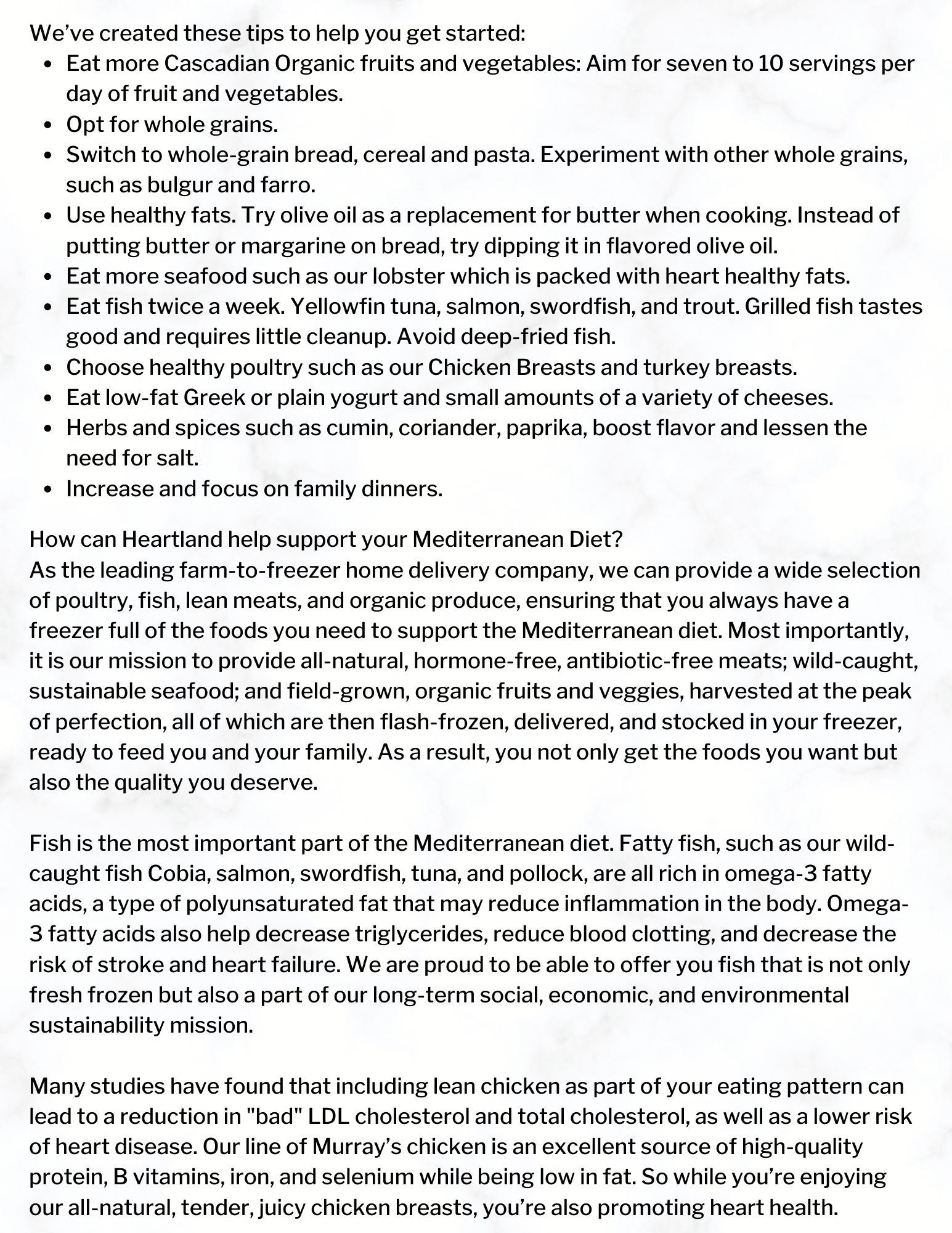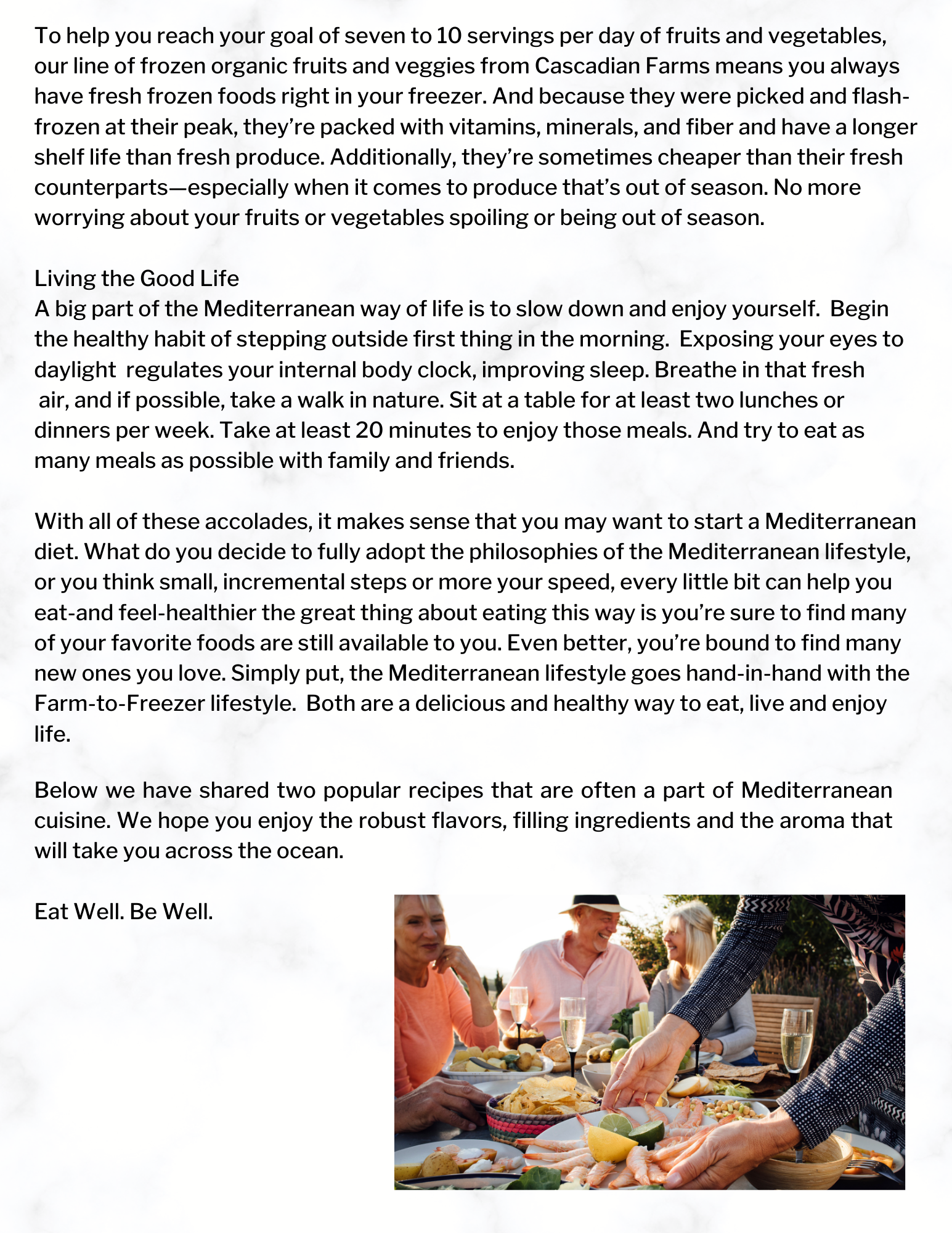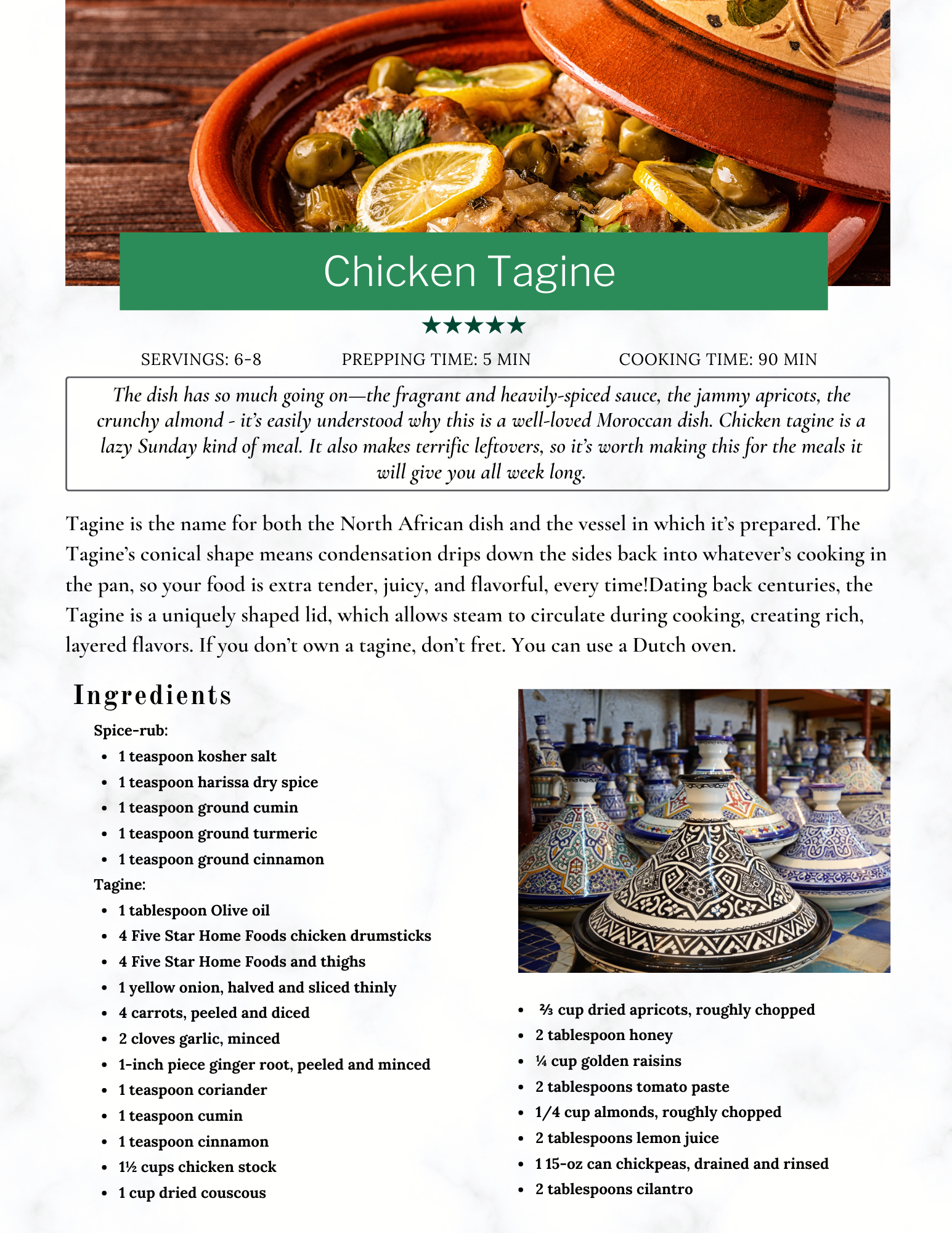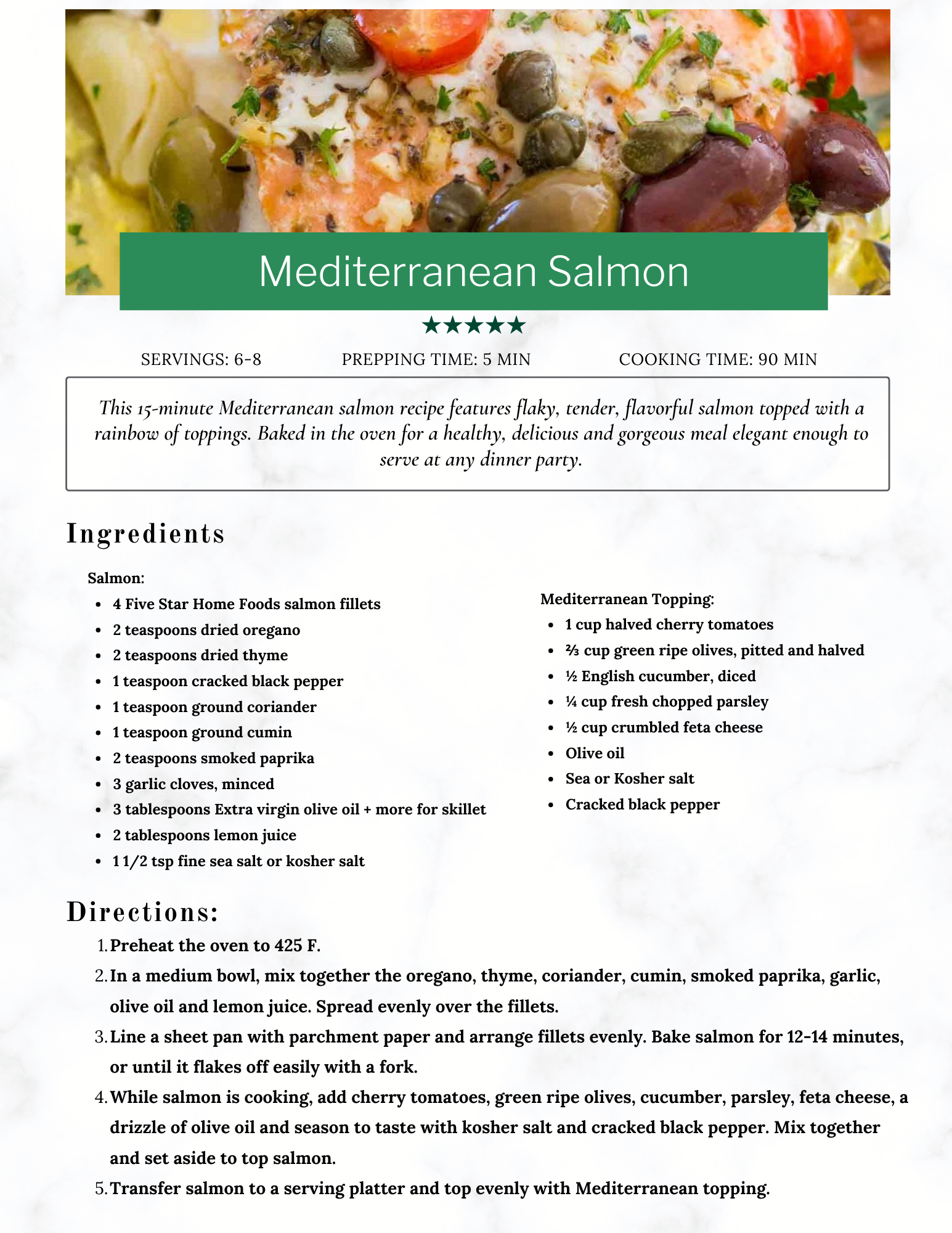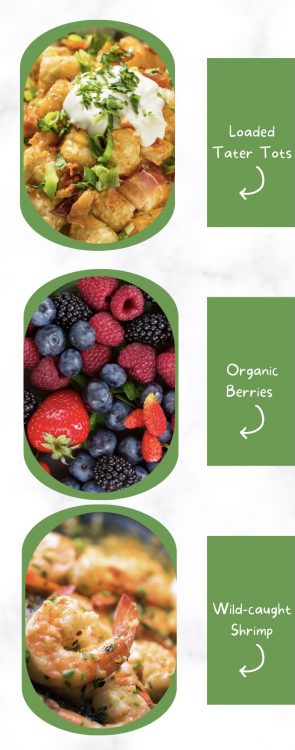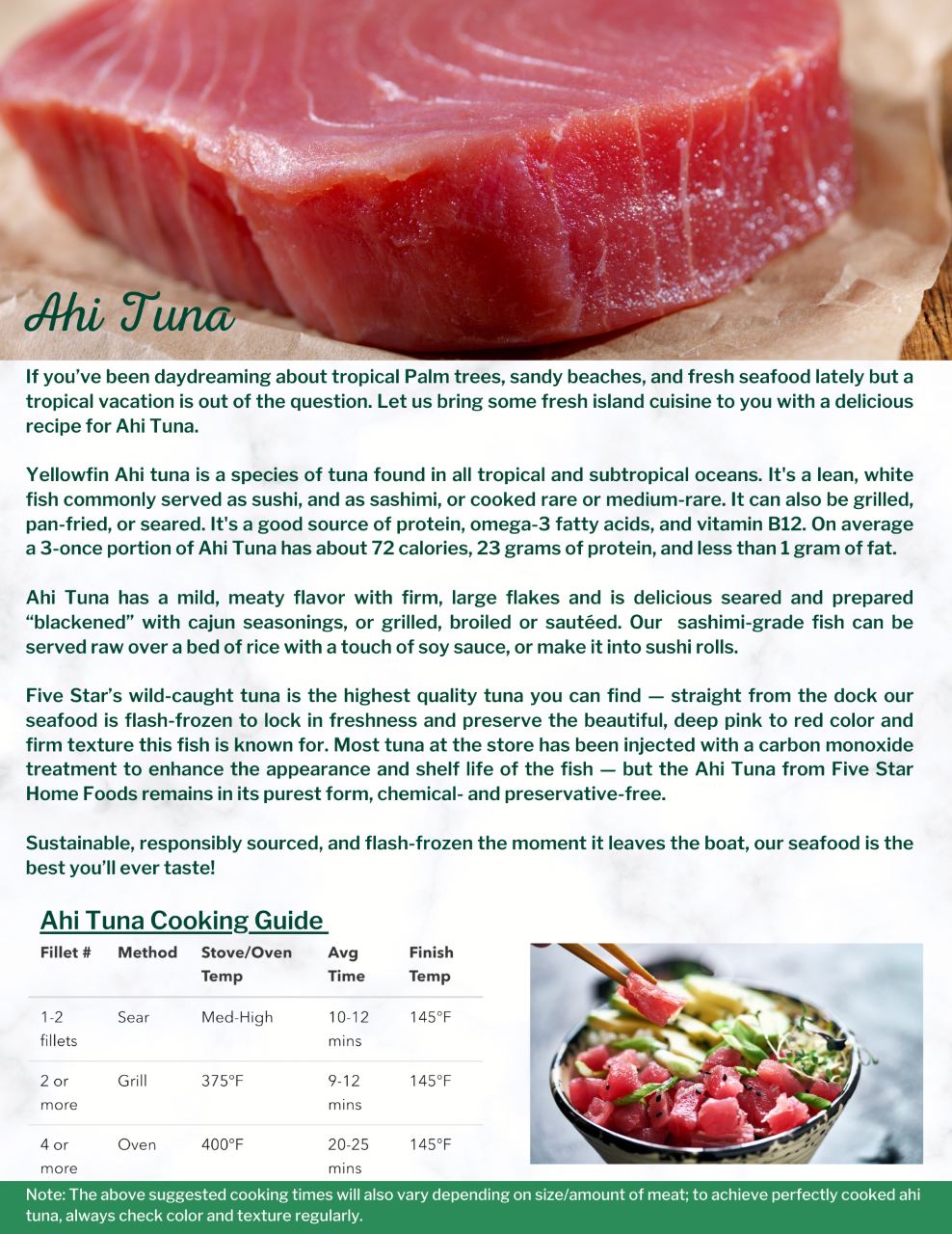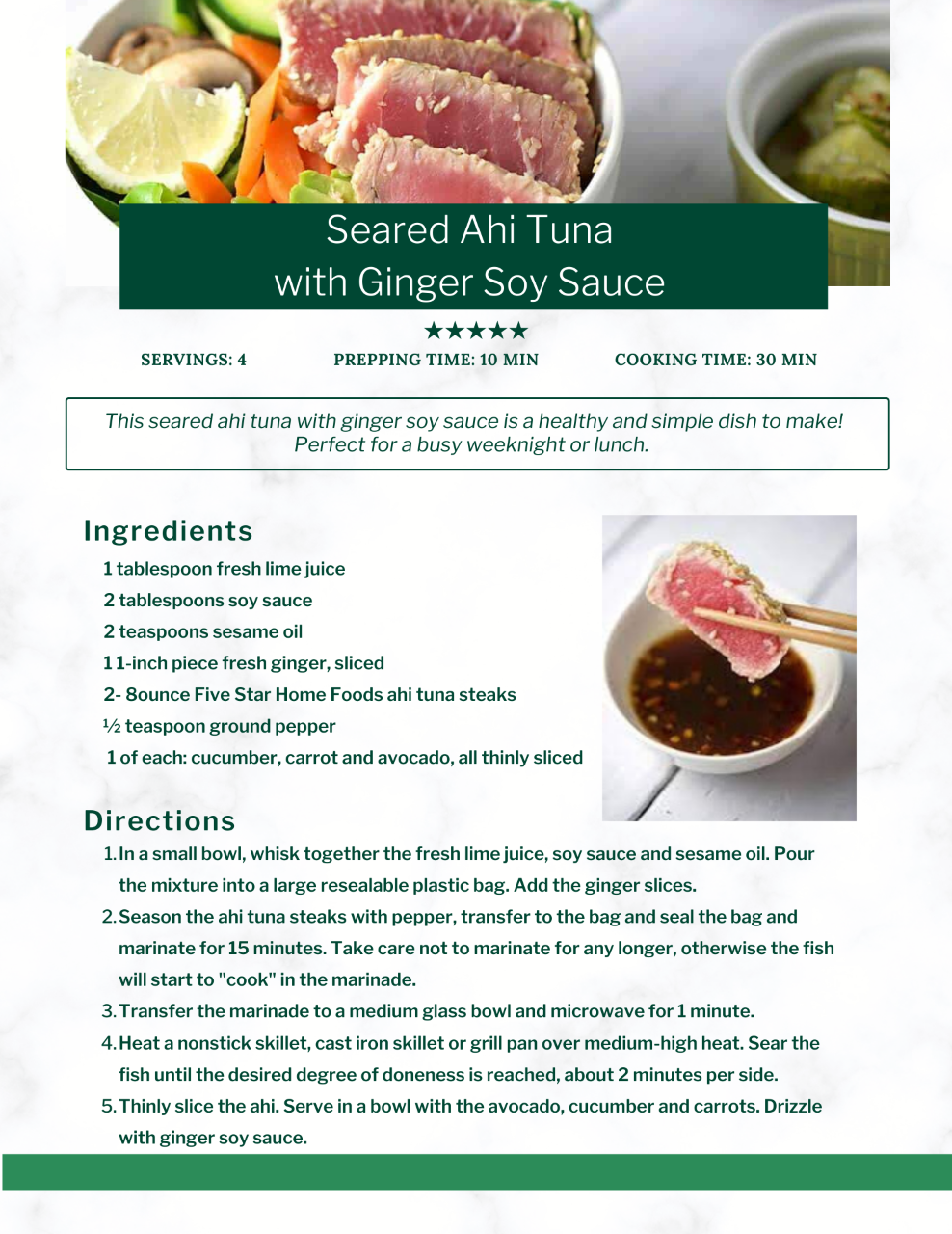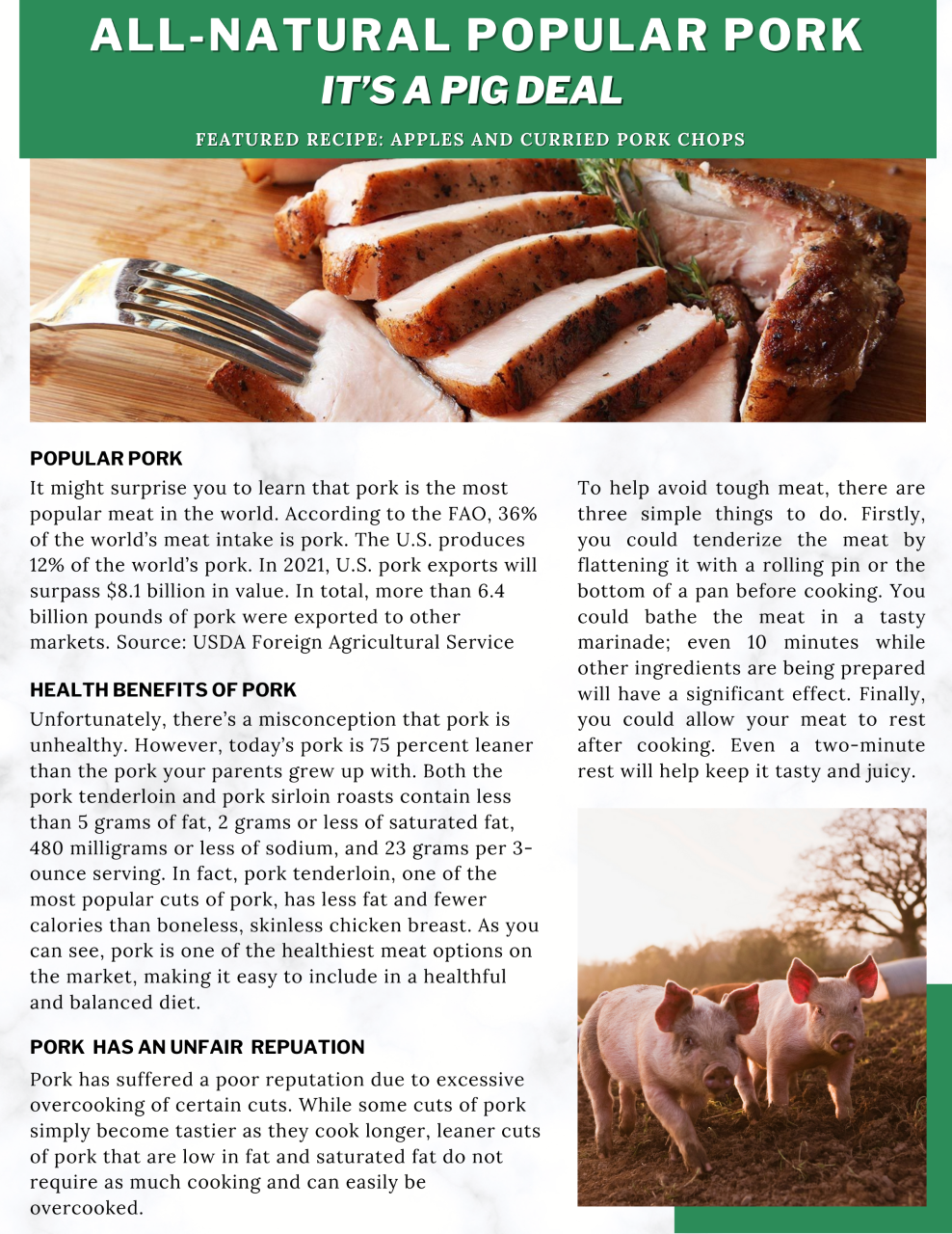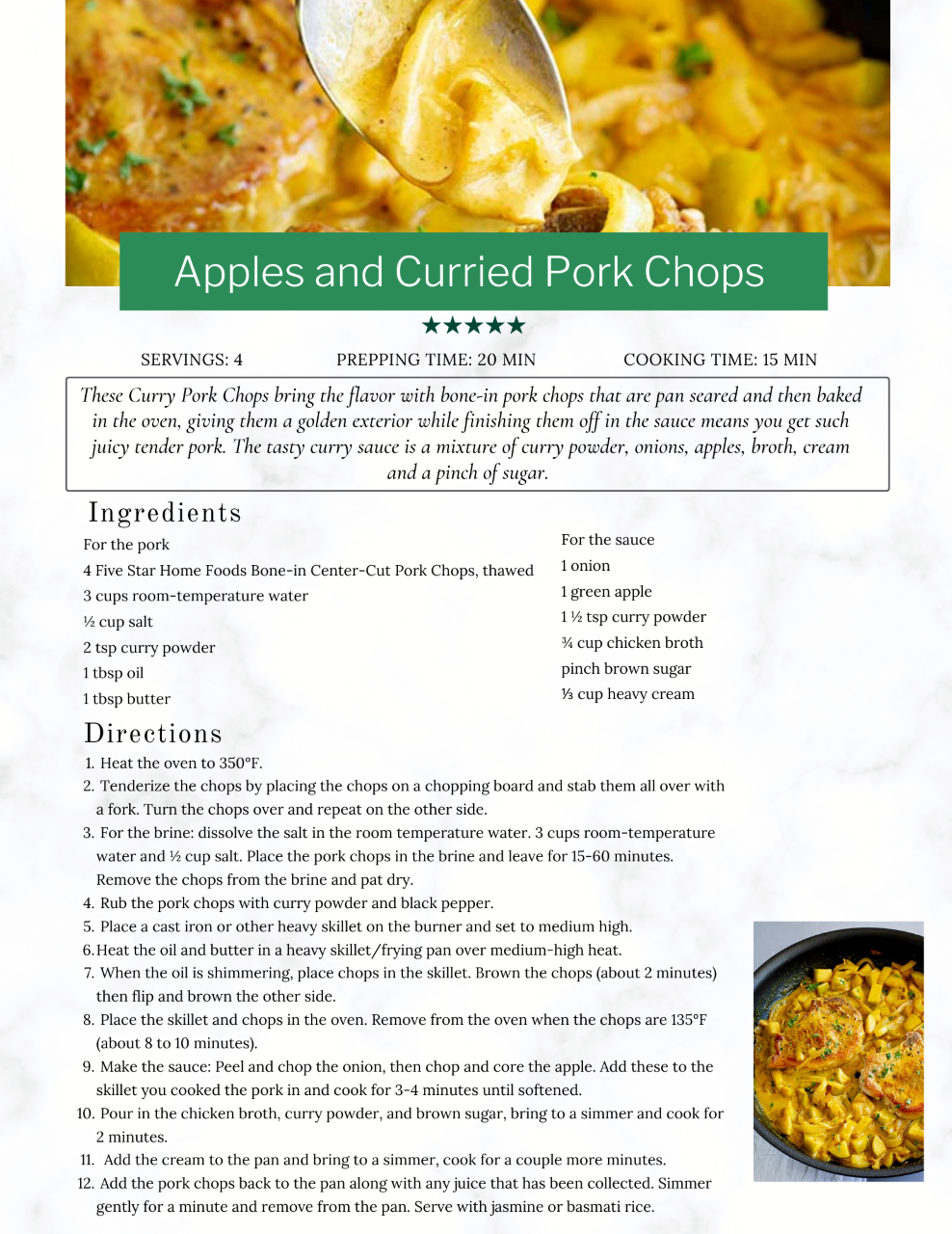
Fat Tuesday
Mardi Gras, also known as “Fat Tuesday,” is a popular celebration that takes place on the day before the start of the Christian season of Lent. While the festival may have its roots in pagan celebrations during medieval times in Europe, it has since become a unique celebration of culture, food, and music. This is particularly true in New Orleans, where the festival is an important part of the city’s identity. New Orleans is well known for its Mardi Gras parades, rich culture, and weeklong festivities.
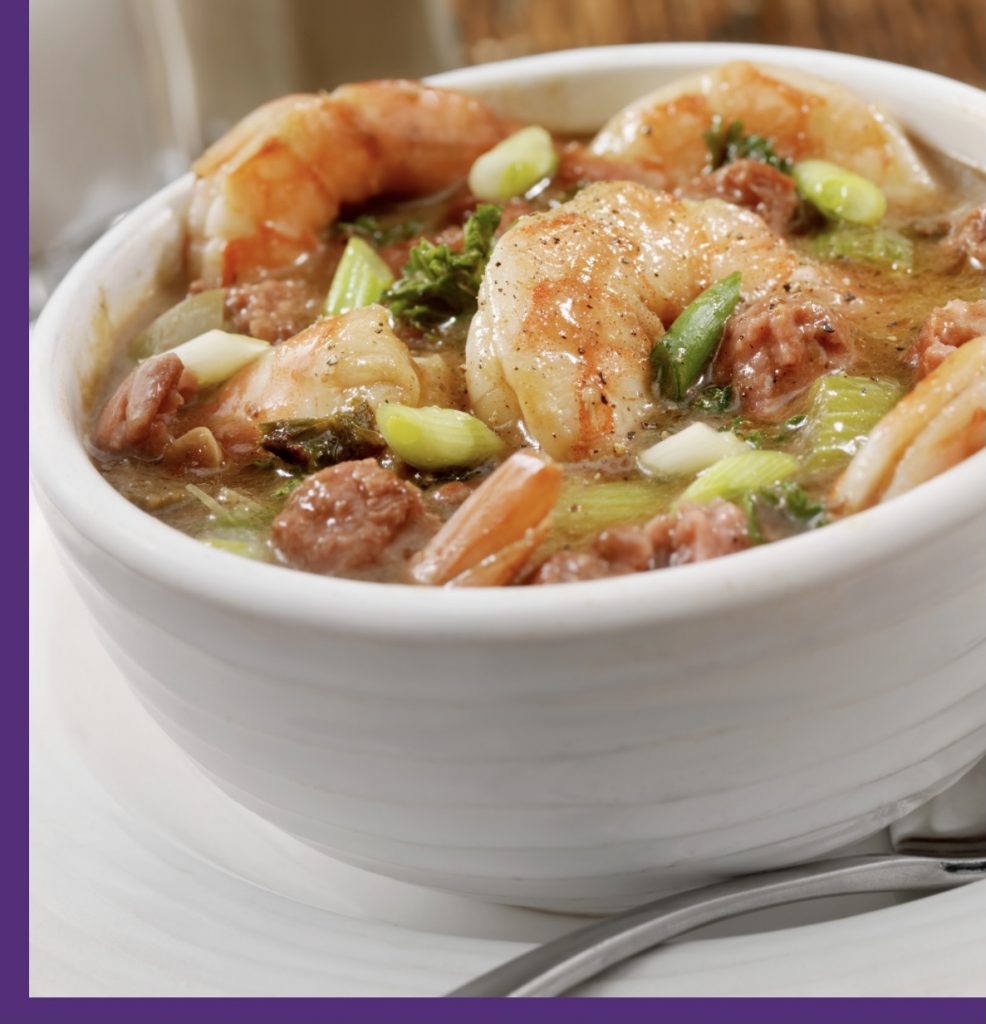
Cajun Cuisine
Mardi Gras is a celebration of foods that are full of bold flavors and reflect the diverse cultural influences that have shaped Louisiana’s unique cuisine. There are a number of traditional dishes that are associated with the festival. One of the most popular dishes is King Cake, a sweet pastry that is decorated with colorful icing and sprinkled with sugar in the colors of Mardi Gras: purple for justice, green for faith, and gold for power. Another popular Mardi Gras dish is gumbo, a stew made with seafood or meat, vegetables, and a roux-based sauce. Jambalaya, a rice dish with meat and vegetables, is also a favorite. Crawfish is a beloved ingredient in many Mardi Gras dishes, such as étouffée, which is a thick stew made with crawfish, onions, and a roux-based sauce. Other Mardi Gras treats include beignets, shrimp po’boys, and the Louisiana comfort food dish, red beans and rice.
The Celebration
Mardi Gras is also a celebration of culture, and it is famous for its elaborate costumes, lively parades, and colorful floats. Participants in the parades often wear masks and costumes, and they throw beads, trinkets, and other items to the crowds of people who line the streets. The parades are often led by marching bands, and they feature a variety of floats that are decorated with lights and other colorful decorations. The sounds of the brass bands that play during the parades and the upbeat rhythms of jazz, blues, and R&B will fill the air until the early morning hours
Whether you are participating in a parade, cooking up a traditional dish, or simply enjoying the music, Mardi Gras is a festival that is sure to leave you feeling festive and joyful. So put on your best costume, grab some beads, and get ready to celebrate Fat Tuesday in style!
Mardi Gras Recipes
We’ve rounded up our favorite Mardi Gras recipes so if you don’t have to hop on a plane to party like you’re in the big easy—these Mardi Gras food recipes will bring the festivities right to your home. Cajun Po’Boy, Seafood Gumbo and the classic Southern confection- Pecan Pralines!
